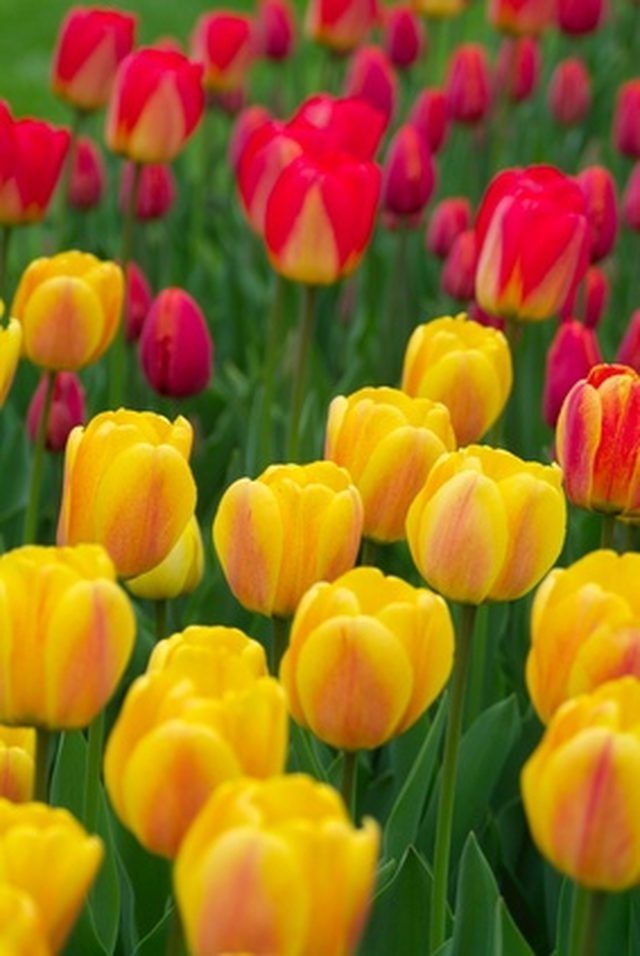Bulbs
Flower Basics
Flower Beds & Specialty Gardens
Flower Garden
Garden Furniture
Garden Gnomes
Garden Seeds
Garden Sheds
Garden Statues
Garden Tools & Supplies
Gardening Basics
Green & Organic
Groundcovers & Vines
Growing Annuals
Growing Basil
Growing Beans
Growing Berries
Growing Blueberries
Growing Cactus
Growing Corn
Growing Cotton
Growing Edibles
Growing Flowers
Growing Garlic
Growing Grapes
Growing Grass
Growing Herbs
Growing Jasmine
Growing Mint
Growing Mushrooms
Orchids
Growing Peanuts
Growing Perennials
Growing Plants
Growing Rosemary
Growing Roses
Growing Strawberries
Growing Sunflowers
Growing Thyme
Growing Tomatoes
Growing Tulips
Growing Vegetables
Herb Basics
Herb Garden
Indoor Growing
Landscaping Basics
Landscaping Patios
Landscaping Plants
Landscaping Shrubs
Landscaping Trees
Landscaping Walks & Pathways
Lawn Basics
Lawn Maintenance
Lawn Mowers
Lawn Ornaments
Lawn Planting
Lawn Tools
Outdoor Growing
Overall Landscape Planning
Pests, Weeds & Problems
Plant Basics
Rock Garden
Rose Garden
Shrubs
Soil
Specialty Gardens
Trees
Vegetable Garden
Yard Maintenance
How to Plant Tulips in Florida
How to Plant Tulips in Florida. Tulips are one of the most popular flowers around according to sunbulb.com. They are a bulbous plant, which means they have underground storage organs that allow them to survive difficult weather conditions. Florida has a favorable climate for many bulbous plants, but not necessarily tulips because they need cold...

Tulips are one of the most popular flowers around according to sunbulb.com. They are a bulbous plant, which means they have underground storage organs that allow them to survive difficult weather conditions. Florida has a favorable climate for many bulbous plants, but not necessarily tulips because they need cold weather. According to the USDA Plant Hardiness Zone Map, Florida is in Zones 8, 10 and 11. This means the average annual minimum temperature does not dip below 15 to 40 degrees Fahrenheit, depending on your location. You can still plant tulips in Florida by following some specific instructions.
Things You'll Need
Tulip bulbs
Paper bag
Compost or some other organic matter
Mulch
Small shovel
Water
Buy the bulbs you want to plant at least eight weeks before planting. Use the USDA Climate Hardiness Zone Map to determine what zone in Florida you live. If you live in zone 8, you should plant in November to early December and if you live in zone 10, you should plant in late December to early January. If you live in zone 11, your minimum temperature is not low enough for tulips to grow well. Darwin Hybrids and Single late variety tulips work better with mild winters.
Place the bulbs in a paper bag and put them in the refrigerator six to eight weeks before you plan to plant the bulbs. Make sure they are not near any ripening fruits which emit a gas that can destroy the flower bud.
Prepare the soil where you will plant the tulip bulbs. Bulbs will do best in a sunny location, so try to avoid any shady spots. Till the soil and lay three to four inches of an organic material. You can use peat, compost or well-rotten manure. Make sure the soil has good drainage. If it does not, build up raised flower beds so it will drain.
Refer to the USDA Climate Hardiness Zone map again to see when you should plant. Tulips will grow best in Northern Florida, from Pensacola to Jacksonville and south to Ocala, according to University of Florida’s Institute of Food and Agricultural Sciences.
Dig holes with a small shovel or trowel and plant tulip bulbs five inches deep and eight inches apart. Cover them back up with the soil.
Lay a two inch layer of mulch over the soil when you plant to prevent any weeds. If weeds do come up, pull them as soon as possible.
Water the soil enough to keep it moderately moist until the end of the growing period. Tulips bloom sometime in the spring.
Tips & Warnings
Because of the unfavorable climate for tulips, they will likely not bloom more than once in Florida. Once the tulips bloom and die, you should discard them and plant new ones next season.